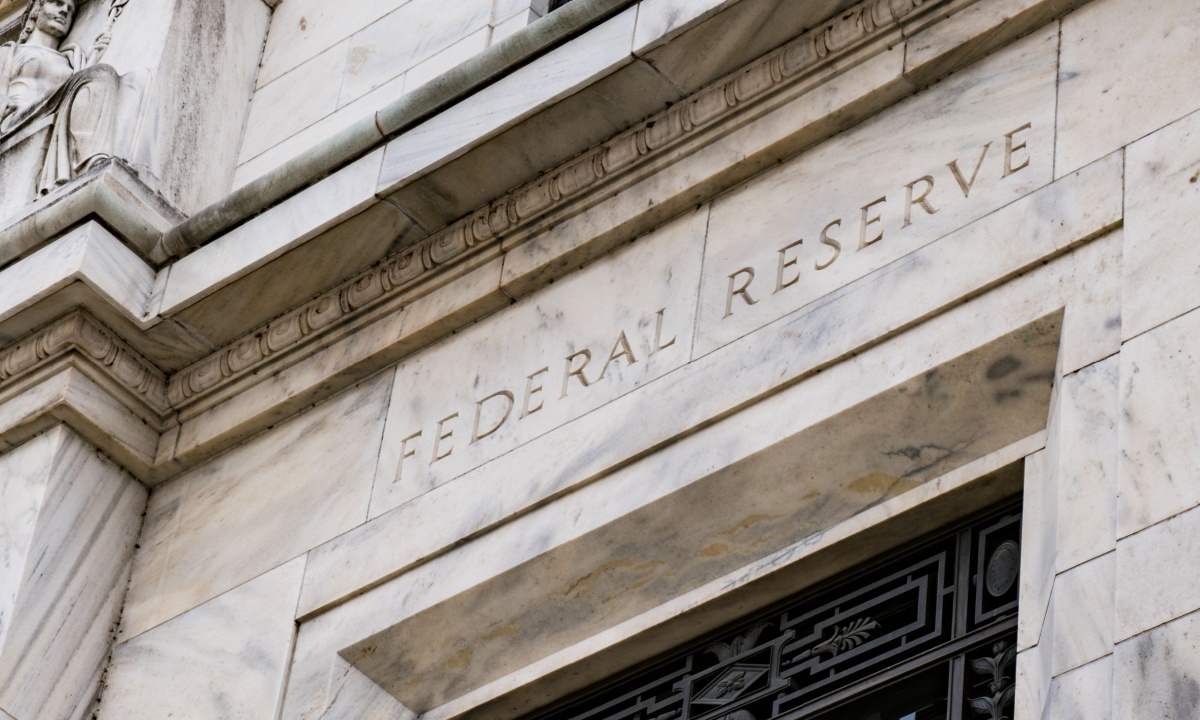The Federal Reserve said Thursday (July 31) it joined other federal banking agencies in allowing banks and credit unions to obtain customers’ tax information numbers from a third party, rather than directly from the customer.
This alternative collection method allowed by this order is optional, and banks are not required to use it, the Fed said in a Thursday press release.
“By law, banks and credit unions are required to verify the identity of a potential customer by obtaining certain identifying information before opening an account,” the release said. “Since this requirement’s implementation in 2003, there have been considerable changes in the way that customers interact with banks and receive financial services. Today’s action will grant banks flexibility in how they obtain this information, while ensuring that risk-based procedures continue to underpin verification of a customer’s identity.”
The Fed said in the release that it coordinated its action with the Federal Deposit Insurance Corporation (FDIC), the Office of the Comptroller of the Currency (OCC), the National Credit Union Administration (NCUA) and the Treasury Department’s Financial Crimes Enforcement Network (FinCEN).
The Board of Governors of the Federal Reserve System voted unanimously to approve this action on July 24, according to the Fed’s website.
FinCEN issued its order allowing banks to collect tax identification number information from a third party, rather than from the financial institution’s customer, on June 27. It said it did so in coordination with the OCC, FDIC and NCUA.
It did so after issuing a request for information on its Customer Identification Program (CIP) requirements for banks in March 2024 and saying it was exploring ways to modernize these requirements.
When announcing its order on June 27, FinCEN Director Andrea Gacki said the organization recognized the changes that have occurred since the initial requirement was enacted into law under the USA PATRIOT Act.
“This order reduces burden by providing banks with greater flexibility in determining how to fulfill their existing regulatory obligations without presenting a heightened risk of money laundering, terrorist financing or other illicit finance activity,” Gacki said in a press release.
PYMNTS reported June 30 that the rule changes pave the path for banks to more actively utilize platforms and artificial intelligence to remain in compliance and blunt fraud.
